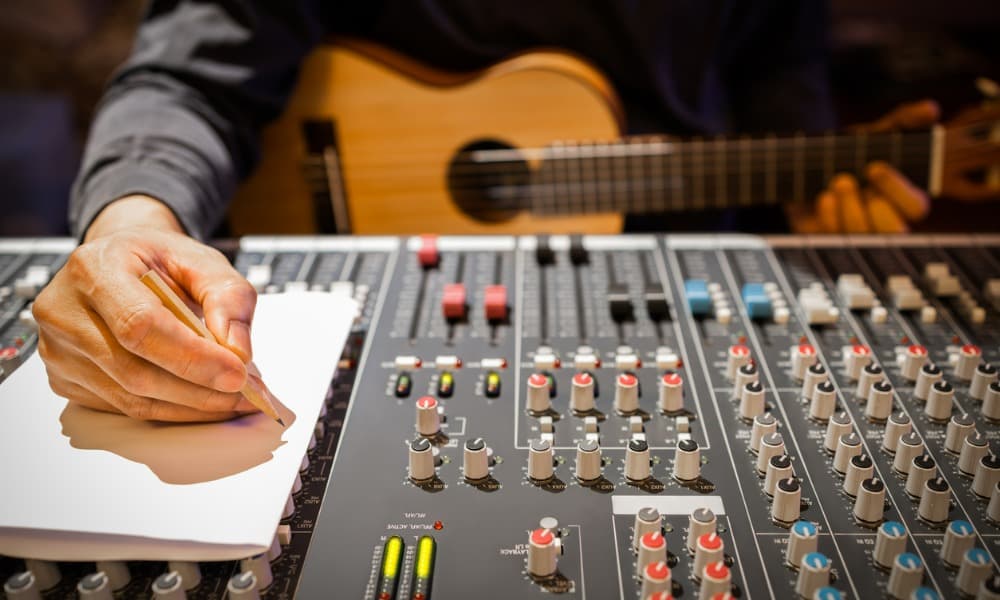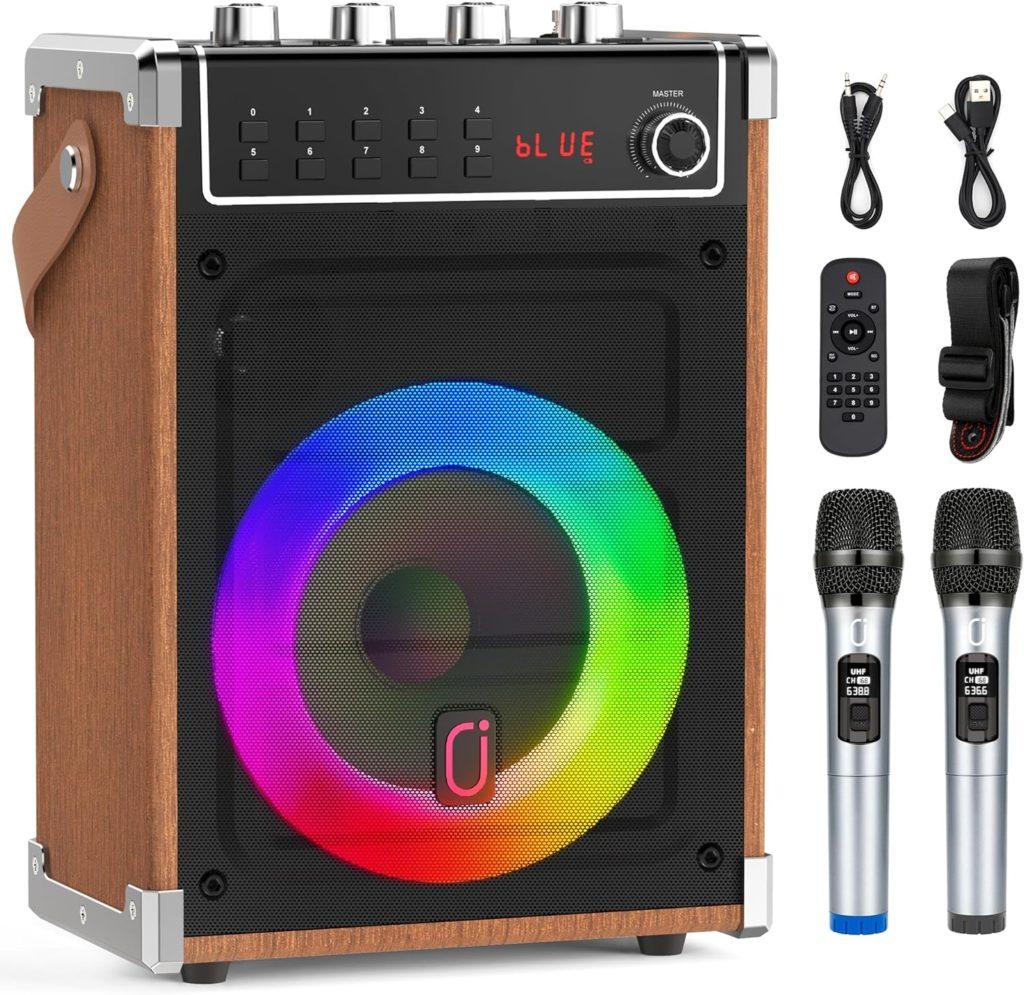
Key Takeaways:
- A bridge is a part of a song, though some songs don’t have bridges.
- Learn five tips for writing a killer bridge.
- They can help tie song elements together and make the message more transparent.
The bridge can make or break a song, no matter how perfect everything else is.
Inspiration for the perfect song can strike anywhere. You could be in the shower, driving down a dark country road, or arguing with someone you love, but none of that matters. Many elements, including the inspiration, make a song great – but not without flawless fundamentals, such as the bridge.
The most important element of songwriting is song form or structure. How a song is arranged to give it meaning and order brings out the best features. The typical song structure contains verses, a chorus, and a bridge. All these elements are crucial to writing a great song.
The verses tell the story via lyrics that are different in each verse. The chorus, also called a refrain, repeats the central lyrical theme with a hook. That leaves the bridge, without which a song can sound incomplete.
This guide explores the definition and purpose of a song bridge and five tips for writing bridges that resonate with audiences of all sizes.
Bridge Basics
The bridge of a song, as the name suggests, connects other sections together. An effective bridge contrasts the different areas of the song and prepares the listener for the next section using techniques such as:
- Key changes
- Chord progression
- Meter
- Tempo
Not every song needs a bridge. Many of Bob Dylan’s greatest hits don’t use a bridge, for example, but fledgling songwriters typically find that a bridge of a song is an element that deepens the lyrical meaning and provides a fresh melody for their song.
Some musicians call a bridge the “middle eight” in reference to its specific location. A song bridge is usually placed in the middle of the song for approximately eight bars. The song requirements designate the duration and number of times you use the bridge. Only once maximizes the impact.
5 Tips to Write an Impactful Bridge
Teaching someone to write a powerful bridge is akin to teaching the right way to laugh or the proper etiquette for blinking. It’s a very personal thing that only the songwriter understands how to complete for their creations. A few simple tricks can spark your creativity and put you on the road to writing a bridge you love.
1. Vary the Drum Pattern
Changing the drum pattern during the bridge is a simple but powerful method of creating a memorable bridge. It’s an excellent place to add a drum solo or any change in drum pattern to punctuate the importance of the bridge message.
2. Switch from Minor to Major
Switching to the relative major (or minor) key is an easy way to showcase the harmonic contrast of a bridge. Take the bridge in the opposite direction than the key it’s played in most. The most dependable way to change to a minor key is a smooth move to VI minor. Changing to I or III minor, or using the parallel minor (IV minor), is another viable option.
If the song is already in a major key, bridge chord progressions typically go to minor chords or keys, such as switching to bIII major or bVI major keys.
3. Use Completely Different Keys
Some bridges change to an entirely different key. A bridge might go into VI major key from I major. This is a more advanced technique, so mastering the V-dominant or II-V progression is imperative before writing bridges in other keys. Effectively using V-dominant chords can help you change keys and return to the original without issue.
4. Mimic Your Favorite Bridges
One of the easiest and most effective ways to get the hang of bridge writing is to study your favorite music. Listening to songs with bridges you love can help you determine what’s best for your song. Ask yourself why you like those songs and what makes the bridges work for them, and apply your answers to your own work.
5. Alter the Tempo
Some songs have bridges that could be tiny compositions all on their own. They are different in tempo and intensity from the rest of the piece. The bridge can also be louder or softer than the rest to switch up the tempo. Think of this method as a refresher that effortlessly leads back to the main hook, making it more powerful as a result.
The secret to writing a powerful song bridge is practice and attention. Try a variety of methods in a range of chords, keys, and sounds to find something that works.
Bridges are an often-underrated song structure component that can take an average song to earworm status. A well-written bridge can bring a song to life and keep it from being boring. Practice, musical study, and contemplation will help develop the instincts you need to write the perfect bridge every time.
Writing Your Own Songs Is Just the Beginning of Your Musical Journey
Writing music and lyrics and then performing that song is an incomparable rush. Learning to put music and words together in a way that grabs people’s attention and emotions is a talent many people don’t realize they have. Contact Sloan School of Music today to talk to an expert about expanding your musical horizons.
Visit our innovative facilities in Hagerstown or Urbana to find ways to get more music in your life. Pick out an instrument, take lessons, and enjoy performances from a wide range of skilled musicians and teachers. Let’s get this party started.






